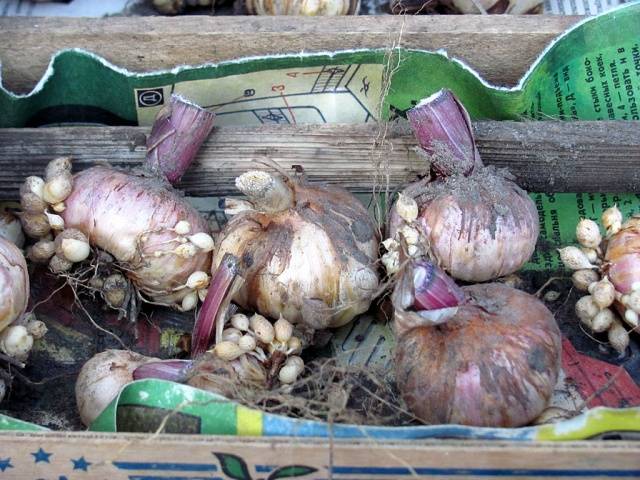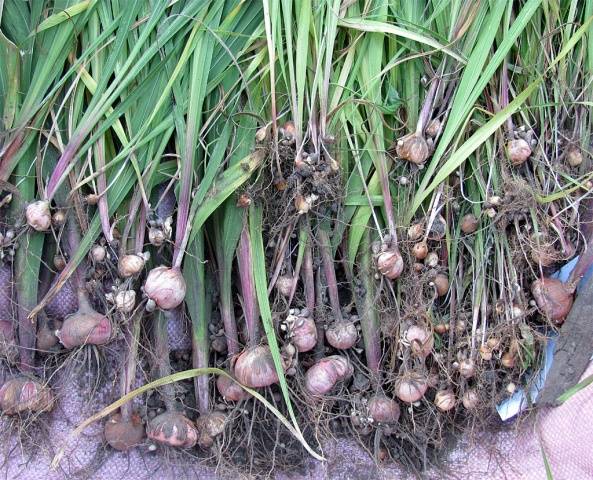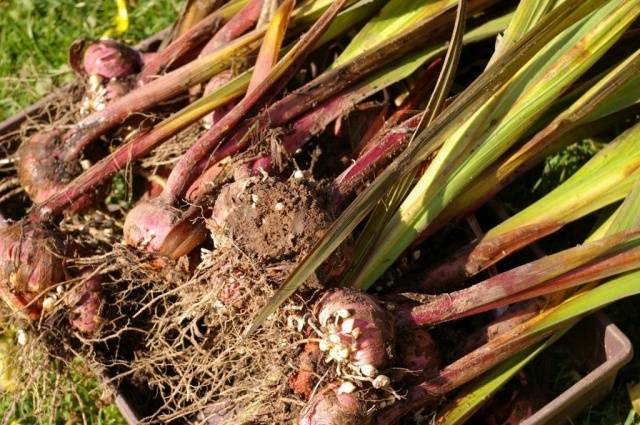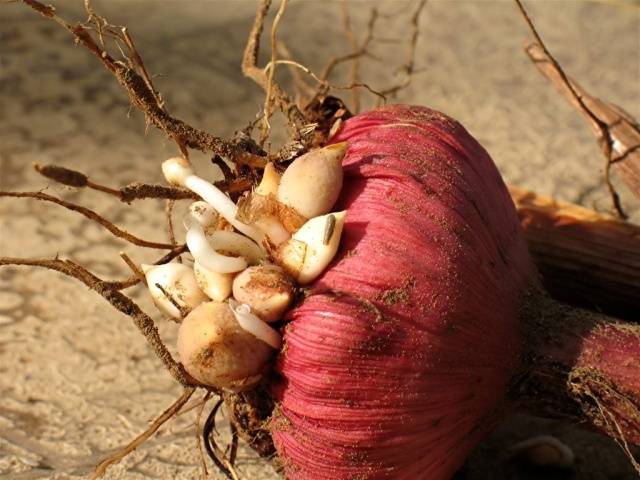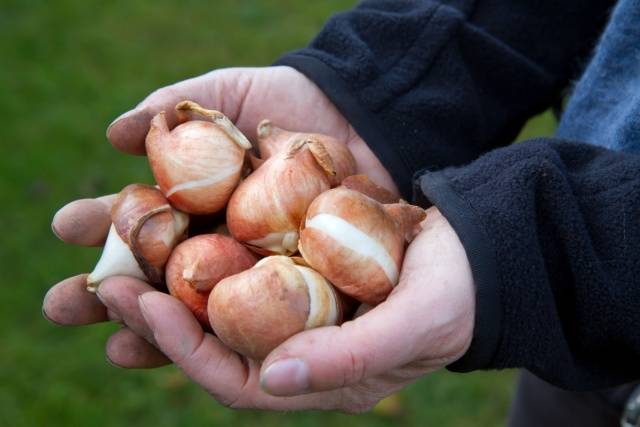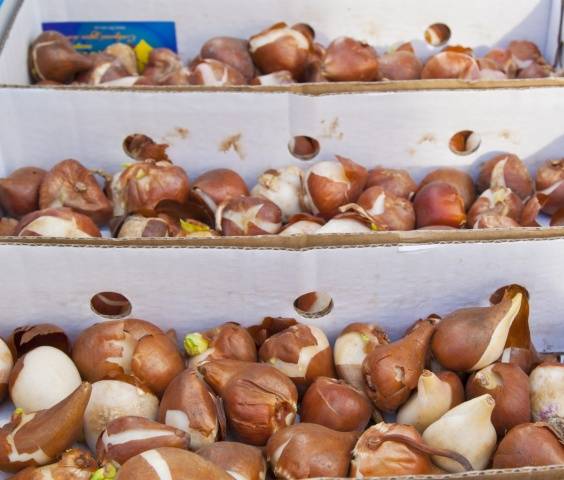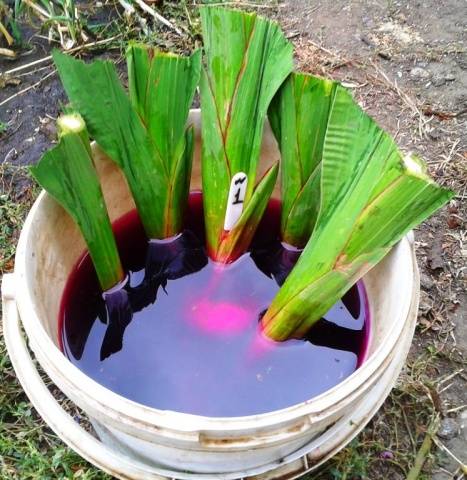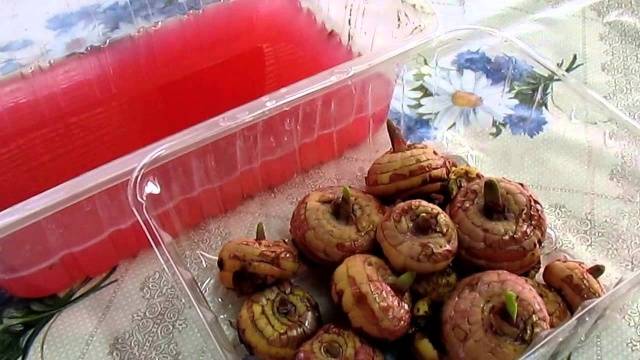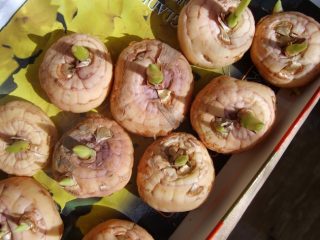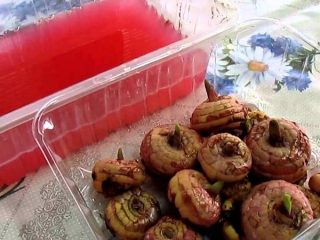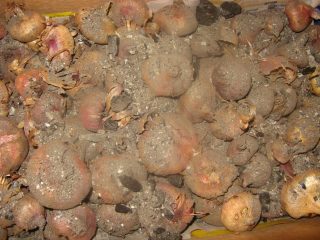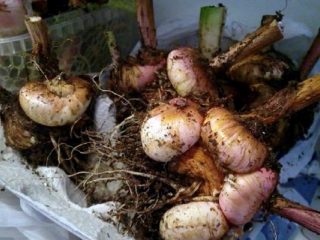Content
Many people associate gladioli with Knowledge Day and school years. Some people remember these times with nostalgia, while others don’t even want to think about them. Be that as it may, for many years these elegant representatives of bulbous flowers have been considered the main decoration of bouquets of first-graders.
Autumn is the time to dig up bulbous flowers, but this is not always necessary. Many novice gardeners are interested in whether it is necessary to dig up gladioli for the winter and when is the best time to do this? How to properly store an onion? This article will answer all these questions.
Do I need to dig up gladioli bulbs?
Some bulbous flowers do not need to be dug up for winter storage. This can be said, for example, about tulips. However, can this rule also apply to gladioli? No way. This is due to the fact that the bulbs of these autumn flowering plants may freeze and not survive the winter.
In addition, in cold environments, gladioli bulbs are more susceptible to disease. They can also be destroyed by pests, which is facilitated by wet and cold soil. Valuable varieties that you want to propagate next year deserve special attention. It is imperative to dig up gladioli of valuable varieties for the winter.
How to dig
So, it is necessary to dig up gladioli for the winter, but how to do it correctly? To begin, choose a suitable day, which should be warm and sunny. In this case, drying the planting material will take less time.
Gladioli should be dug up carefully so as not to damage the bulbs. To do this, the shovel should be stuck into the ground as deep as possible. Before you start shaking the soil from the planting material and looking for babies, it is recommended to lay a film or cloth on the ground. So, by turning the soil onto a base made of fabric or polyethylene, you can save all the babies.
When digging up gladioli bulbs for the winter, you do not need to remove the husks from them. The only exceptions are those that are severely damaged. Severely damaged planting material will not survive until spring, so it must be destroyed immediately after harvesting from the soil.
Old bulbs must be disposed of. Leaves and stems of healthy flowers should be trimmed completely. It is allowed to leave a small cutting, which is no more than 2 cm long. The roots also need to be trimmed. As for the roots on the children, they only need to be slightly shortened, and in the spring, before planting, they need to be completely removed.
When to dig
Now let's consider the question of when to dig gladioli in autumn. To determine the time for digging up corms, you need to remember the time of flowering and cutting flowers. Children and bulbs ripen within 30–40 days from the day of flowering and cutting.For example, if a flower was cut on August 1, then the planting material is dug up on September 1.
If you have a lot of gladioli, then you won’t be able to remember the flowering period of each one. In such cases, you can keep a diary in which the flowering period of each plant will be noted. The records determine the period when it is necessary to dig up the planting material.
If you do not cut the flower, it will take 15–20 days longer for the bulb to form. That is, you can dig up planting material only 45–55 days after the start of flowering.
According to statistics, in the non-chernozem part of Russia, gladioli bloom begins in the second half of August. Therefore, the period of digging up bulbs occurs in the second half of September.
If the corm does not fully ripen, then the children have not yet separated from it, which means that when digging up gladioli, you do not have to look for young bulbs separately in the soil. At the same time, early digging will not affect the healthy bulb in any way. A not fully formed baby has a light gray or gray color. A fully ripe young onion is dark brown, barely distinguishable from the color of the soil.
Tubers should be dug up in dry, sunny weather. First of all, you need to remove early varieties of gladioli from the soil, and then later ones. In order not to get confused about which varieties are which, experienced gardeners grow early gladioli separately from late ones. If you follow these recommendations, then the question of when to dig up and how to store gladioli will become a thing of the past for you, and your flowerbed will be complemented by delightful representatives of bulbous flowers.
Disinfection of planting material
After the housewife has dug up the gladioli, they must be protected from disease.To do this, the bulbs are kept in two solutions. The first consists of water and foundation. You should get a weak 0.1% solution. The second composition, in which the planting material will be soaked before wintering, includes water and potassium permanganate. The result should be a 0.3% solution. Gladioli bulbs should sit in each liquid for 30 minutes. If you are unsure of the result after two treatments, then the gladioli can be kept in a third solution made from karbofos for 10–15 minutes.
Storage is preceded by drying of the planting material, which usually lasts about 2 months. The bulbs should be dried in a well-ventilated area at room temperature. During this period, it is necessary to inspect the bulbs in order to promptly remove from them those that are diseased and unsuitable for future storage and planting.
Winter storage
If you have collected bulbs with children, then after drying, they should be separated. To ensure that gladioli survive the winter and are pleasing to the eye in the future, you can place a few cloves of peeled garlic near them. So, you can protect planting material from winter hardships such as diseases and parasites.
To avoid having to throw away all the planting material in the spring, you need to provide it with modern insecticides. Experienced gardeners recommend storing bulbs in mesh bags. Thus, round-the-clock ventilation is provided. Optimal storage temperature is +2˚С.
The children should be thoroughly washed, dried and sorted into varieties. Boxes can be marked with tags. In winter, bulbs need to be checked for diseases from time to time. If mold is found on tubers, it is important to immediately ventilate the room, thus reducing the air humidity. And the planting material must be sprinkled with hydrophobic material.
Bulbs on which mold has appeared should be wiped with a cloth moistened with vodka and then dried. Planting material, if processed in a timely manner, will not suffer from mold.
So, from this article you learned when to dig up gladioli and how to store them, which will allow you to delight your family with beautiful flowers in the flowerbed. The question was also answered whether it is possible not to dig up the bulbs and what the consequences of inaction might be. We also invite you to watch a video on the topic:
